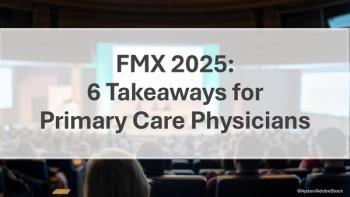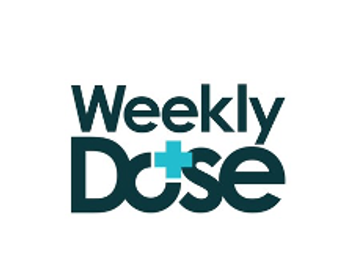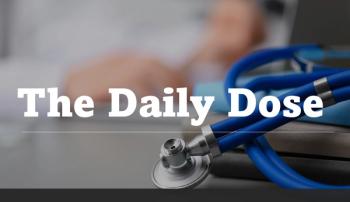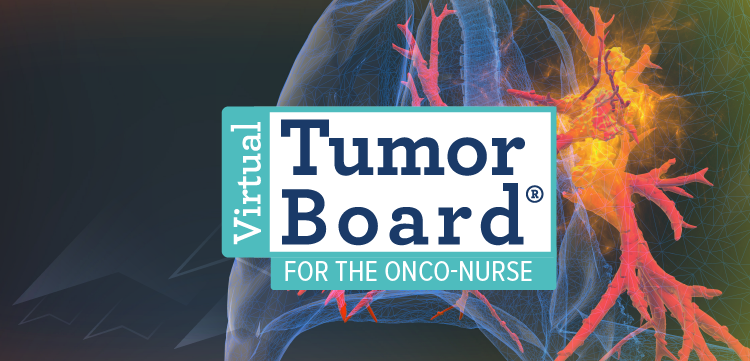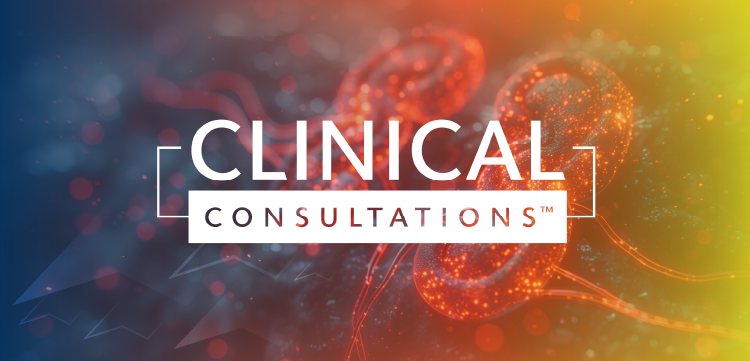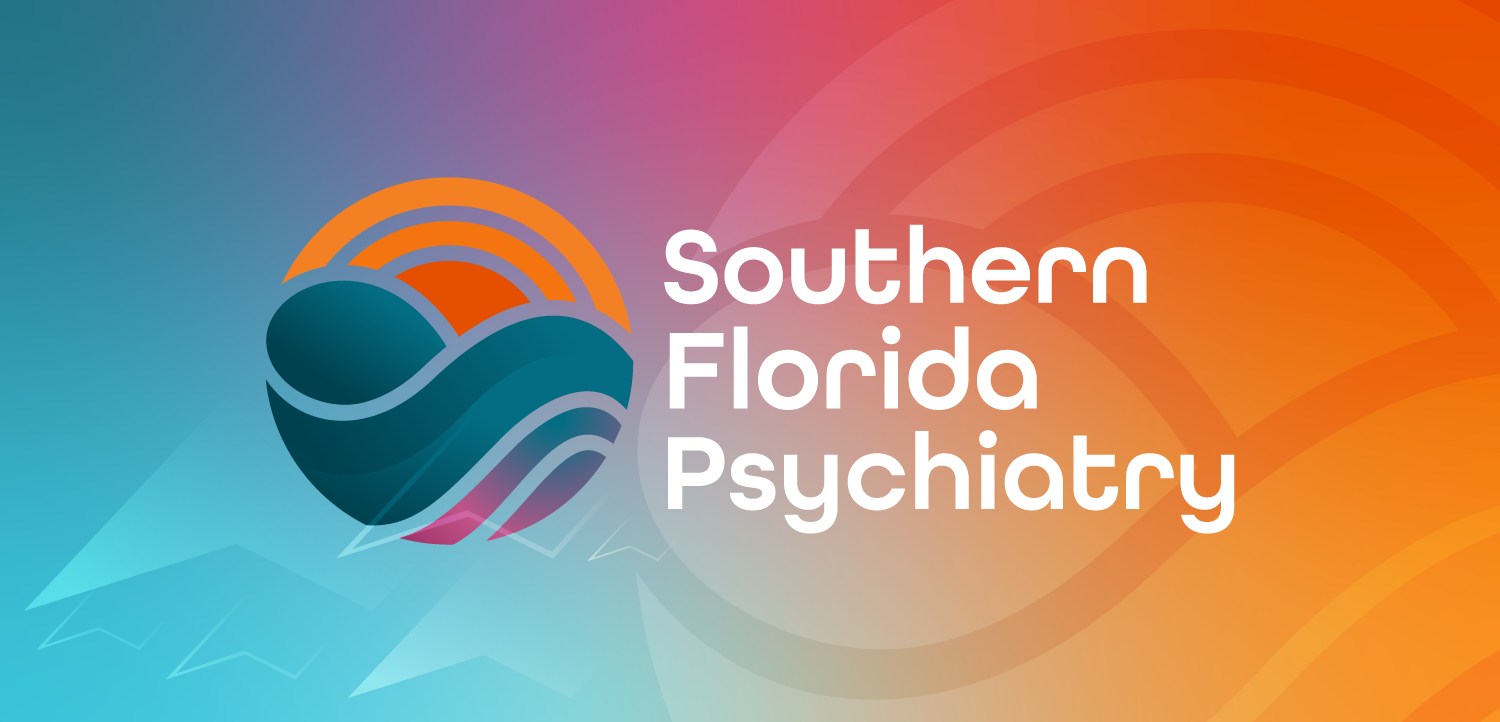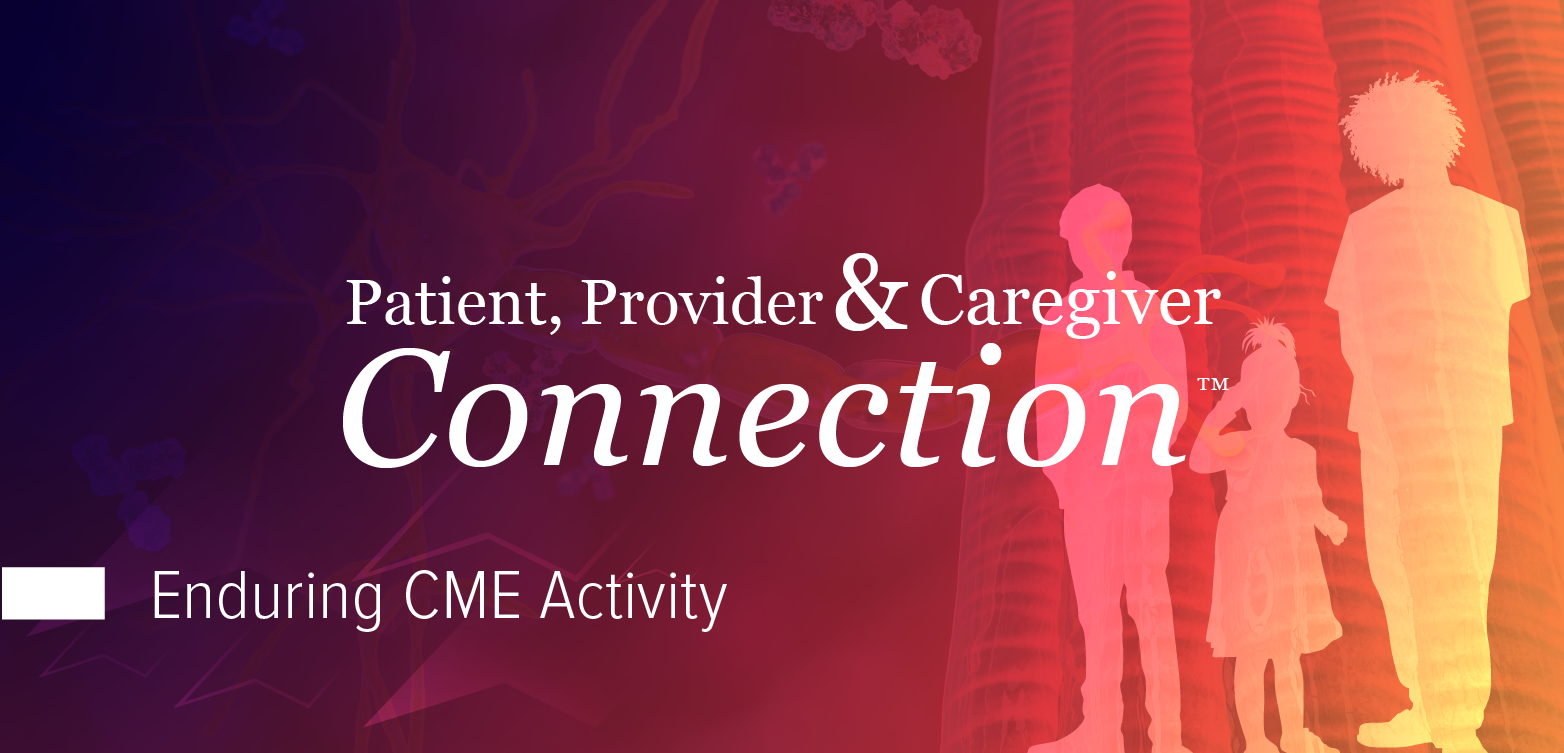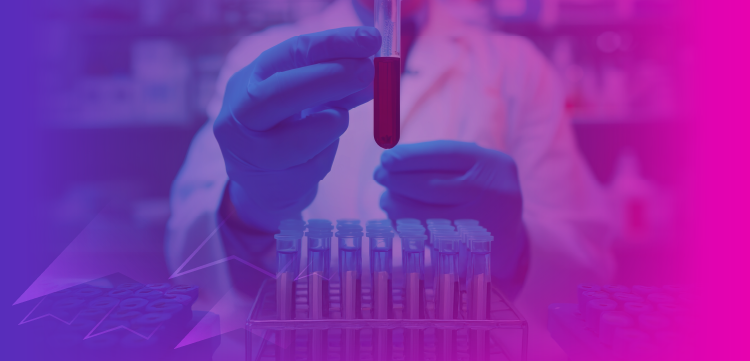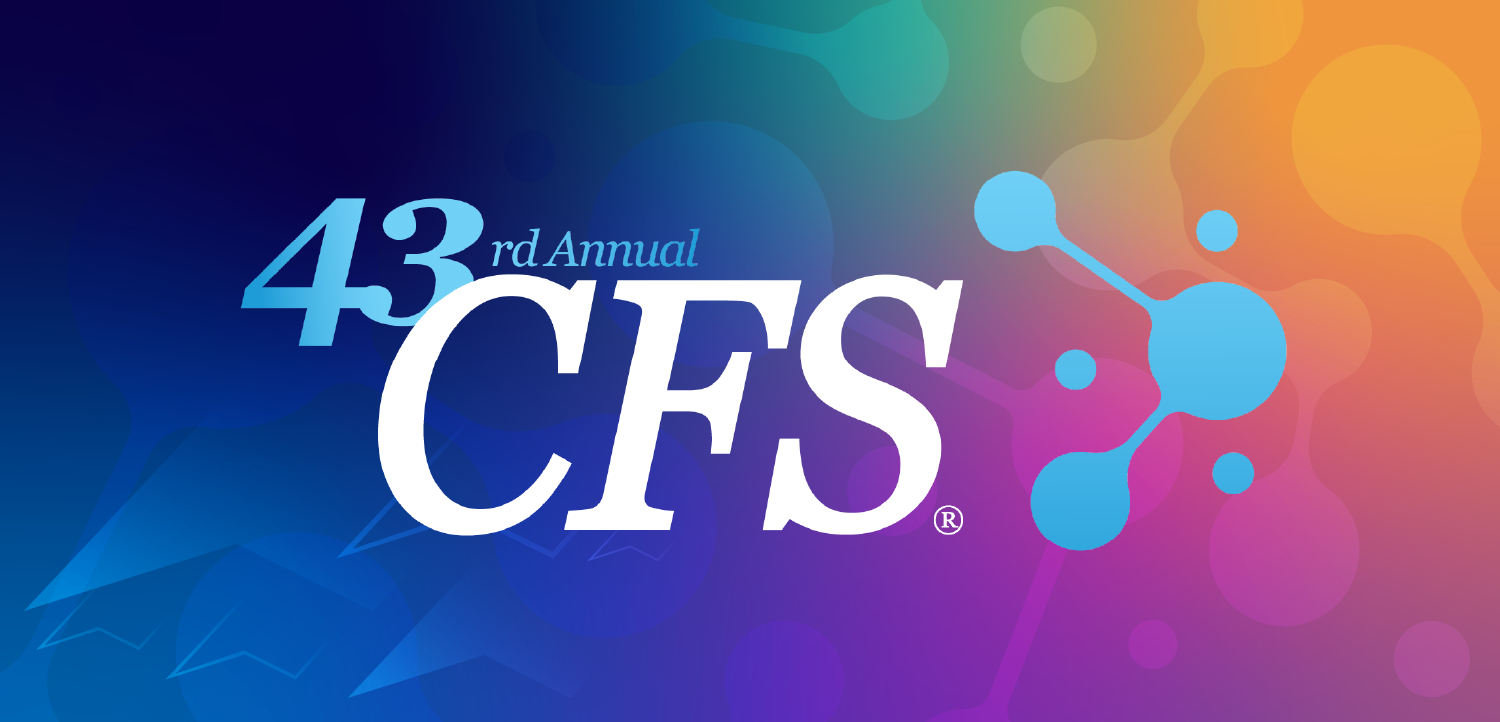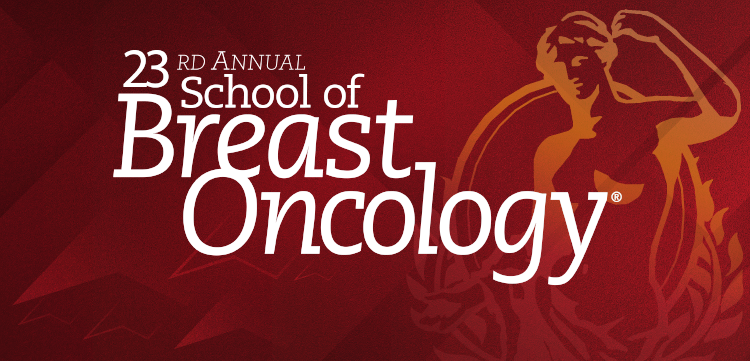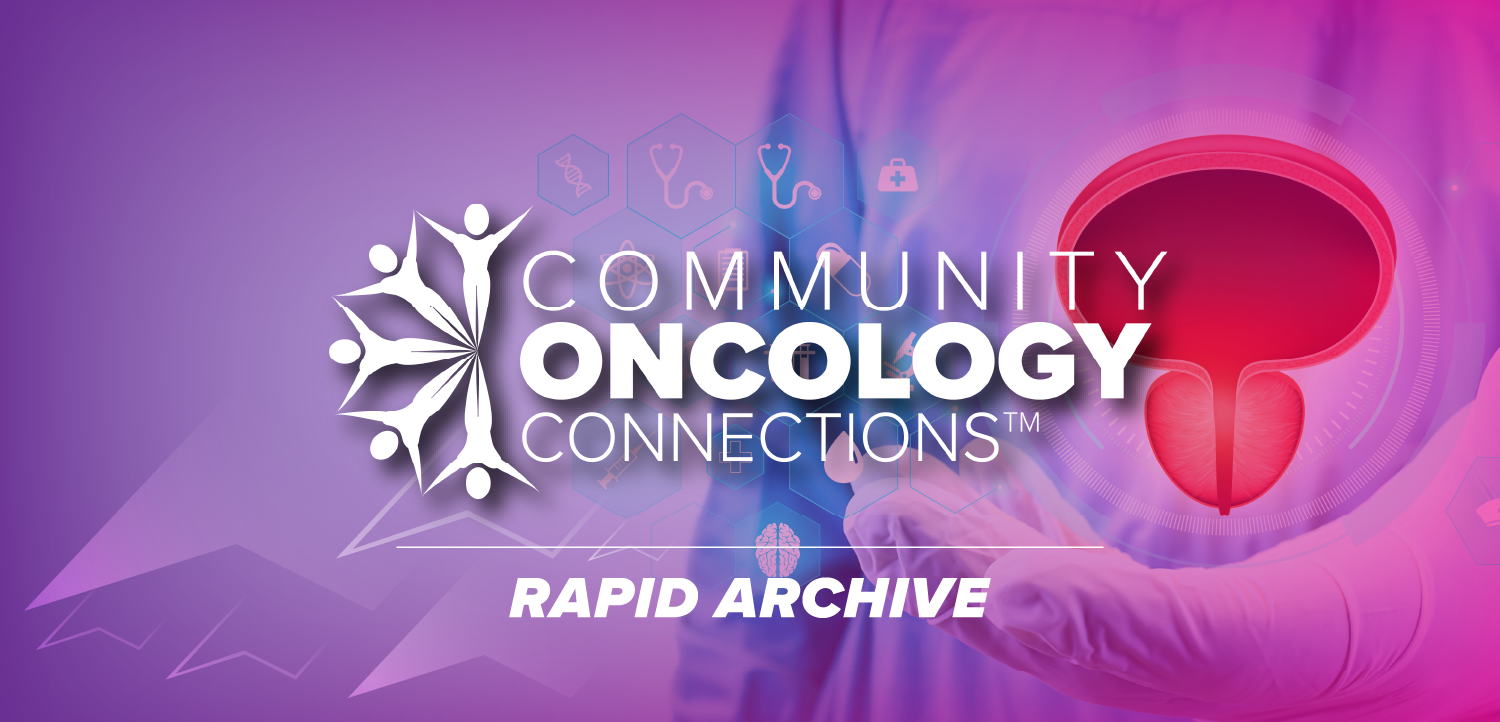
Teledermatology-Dermoscopy Program Could Help Reduce Inequities in Skin Cancer Screening
A student-led teledermatology-dermoscopy initiative that identified skin lesions in underserved communities could be a scalable model for early skin cancer detection and care.
A student-led teledermatology program using dermoscopy at community health fairs identified suspicious skin lesions in nearly 1 in 5 adults from an underserved population, an outcome authors of the recent study say demonstrates a scalable model for expanding access to early skin cancer screening.1
Of the 141 individuals evaluated over 2 local events, 24 (17.02%) were referred for store-and-forward teledermatology consultations. Seven (29.17%) of those had potentially malignant lesions and were referred for further evaluation or biopsy, according to lead author Kendall Buchanan, MD, assistant professor in the department of dermatology at the Medical College of Georgia, in Augusta, and colleagues.1 The initiative provided dermatologic assessments within an hour, suggesting that a low-cost, rapid-response model can support early detection and potentially reduce disparities in skin cancer outcomes, the researchers noted. Their findings were presented at the 2025 American Society of Clinical Oncology (ASCO) annual meeting in Chicago, Illinois1
Distribution of dermatologists in the US is “starkly uneven,” with less than 10% practicing in rural areas while 40% are concentrated in the nation's 100 most densely populated urban centers.2 As with the paucity of other specialties outside metropolitan areas, this shortage has serious implications for timely diagnosis and treatment, in this case of skin cancer, a malignancy that is most treatable when caught early.3
The medical-student run Augusta Free Dermatology Clinic collaborates with the Teledermatology in Rural Georgia program to improve access to skin cancer screening among individuals with socioeconomic and language barriers, according to Buchanan et al. The initiative relied on volunteer medical students from the Medical College of Georgia and general physicians trained to use dermatoscopes attached to iPhones to capture polarized dermoscopic images. Using a teledermatology platform, study volunteers onsite securely transmitted samples to board-certified dermatologists for remote review. The authors noted that the community health fairs chosen for the program served individuals with incomes below 200% of the federal poverty line.1
Data were collected over two 8-hour fairs, with 10 medical students participating under supervision. Among the 141 individuals presenting with dermatologic concerns, 112 (79.43%) provided complete data. The participant cohort was approximately half women (58.04%), almost exclusively Spanish-speaking (98.21%), and the majority were uninsured (73.21%). Nearly all residents who participated worked in skilled agricultural jobs and most lived in households with a median of 2 dependents (range 0-9), according to the abstract.1
Of the 24 participants whose samples were referred for teledermatology consultations, 17 (70.83%) had benign findings, while 7 had signs considered potentially malignant and were referred for in-person follow-up at the Augusta Free Dermatology Clinic, authors wrote. Diagnoses from follow-up visits included healthy skin (45.54%, n = 51), acne, melasma, benign nevi, dermatitis, and folliculitis. About 30% were diagnosed with less common skin conditions not detailed in the study abstract.1
“The implementation of teledermatology-dermoscopy at CHFs effectively addressed barriers to dermatological care in underserved populations. This approach demonstrated the potential to improve early detection of skin cancer, facilitate timely care, and reduce healthcare disparities,” Buchanan and colleagues concluded.1
The project was supported by the U.S. Department of Agriculture Rural Utilities Service.
References
Santellano B, Duchesne G, Hanson M, Arnold M, Cortes JE, Buchanan K. Teledermatology-dermoscopy: expanding access to skin cancer screening to reduce healthcare disparities. J Clin Oncol. 2025;43(16_suppl). doi:10.1200/JCO.2025.43.16_suppl.1653
2. Vaidya T, Zubritsky L, Alikhan A, Householder A. Socioeconomic and geographic barriers to dermatology care in urban and rural US populations. J Am Acad Dermatol. 2018;78(2)406-408. doi:
10.1016/j.jaad.2017.07.050 3. Skin cancer. American Academy of Dermatology. Last updated March 25, 2025. Accessed June 19, 2025. https://www.aad.org/media/stats-skin-cancer
Newsletter
Enhance your clinical practice with the Patient Care newsletter, offering the latest evidence-based guidelines, diagnostic insights, and treatment strategies for primary care physicians.

